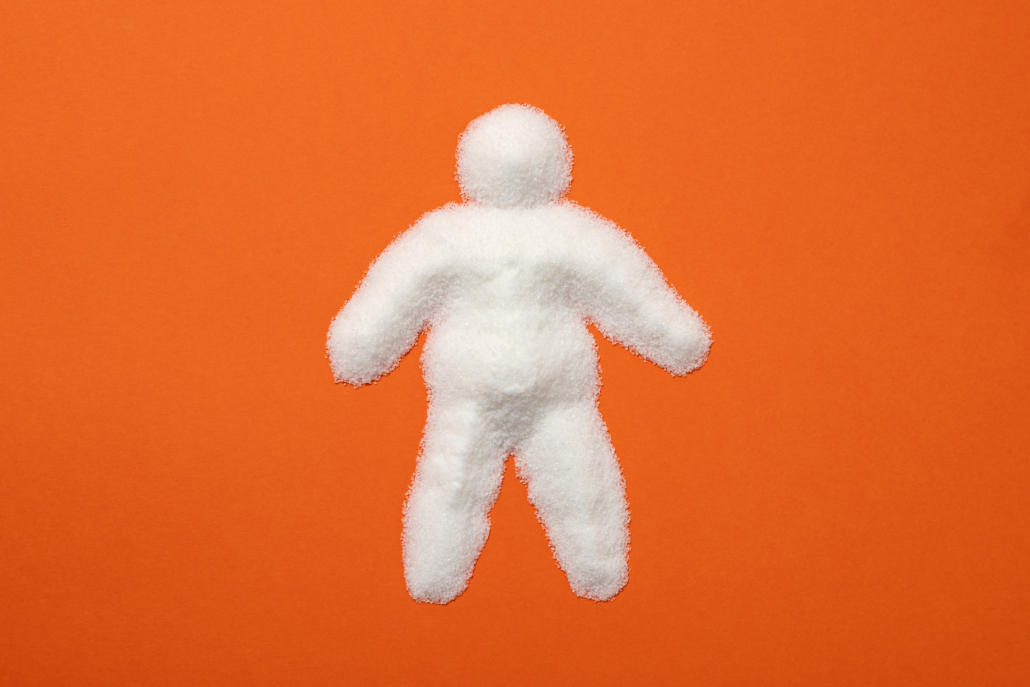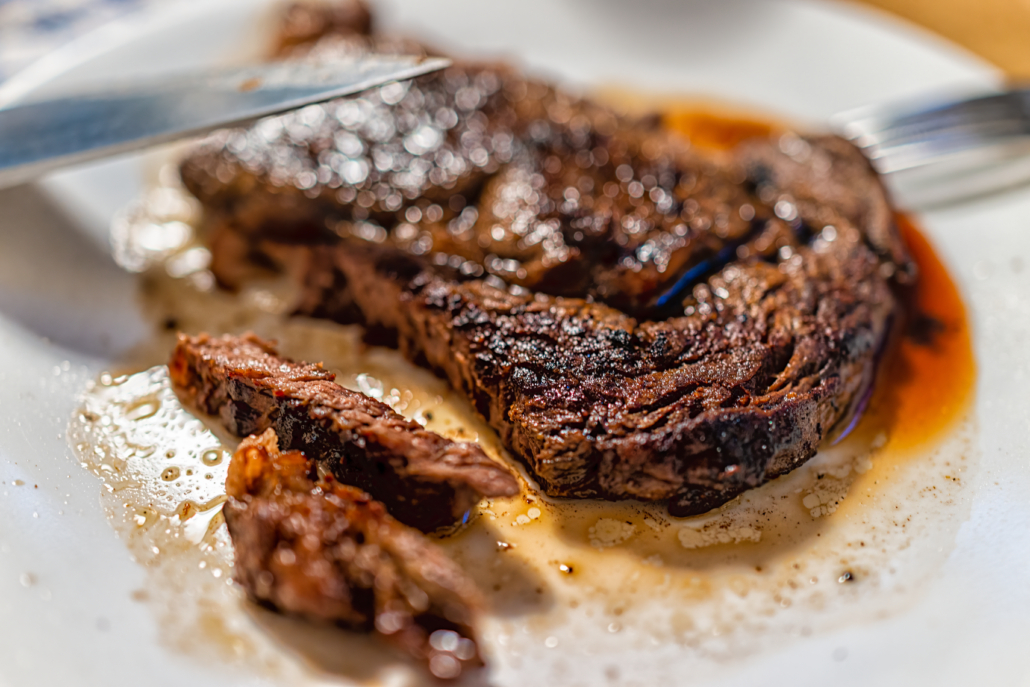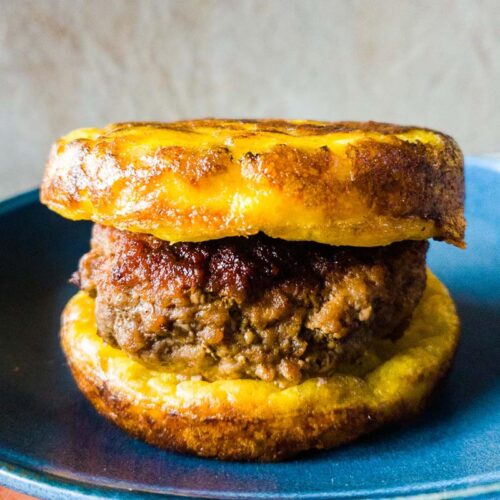We include products in articles we think are useful for our readers. If you buy products or services through links on our website, we may earn a small commission.
The 36 Hour Fast: How to and Benefits of the Monk Fast

The 36-Hour Fast, also known appropriately as the monk fast, is one of the most intensive types of intermittent fasting. In this article, we’ll look at the best ways to practice the 36 hour fast, potential benefits and drawbacks, and what to eat after a 36 hour fast.
Table of Contents
How to do a 36 Hour Fast
The Monk Fast calls for 36 hours of complete fasting roughly once a week. During this fasting period zero calorie consumption is permitted — though subscribers of the diet are allowed to enjoy flavored water, coffee, and tea.
While you can schedule this fasting period whenever they want, the Monk Fast’s originators recommended fasting from Monday evening to Wednesday morning.
They also recommend drinking plenty of water, and interestingly, some nootropic use to enhance cognitive benefits. [1] Nootropics are compounds that people take to enhance memory, cognition, motivation, and other neurochemical-based qualities.
The 36 Hour Fast also requires some planning when considering what to eat after a 36 hour fast. It’s recommended that you break your fast with a very light meal, then let that digest prior to eating normally again.
36 Hour Fast Benefits
The Monk Fast long may offer significant benefits including:
- Enhanced longevity
- Better heart health
- Increased fat burning
- More mindfulness
Enhanced Longevity
Fasting may boost lifespan and healthspan. Animal studies across various species have shown that occasional calorie restriction may delay and reverse the aging process. [2]
It’s thought that a process called autophagy is at work here. Think of autophagy as cellular recycling: it involves your body identifying worn-out cells, recycling their components, and building new, healthy cells from what remains. [3]
Your body’s ability to activate this process can lower your rates of heart disease, Alzheimer’s, and various cancers. [4]
Better Heart Health
Extended periods of fasting may also lead to better heart health. That’s because fasting boosts the production of energy molecules called ketones. Ketones are a preferred fuel source for the heart. They provide more ATP (cellular energy) to the heart than glucose–the default fuel when you’re eating a carb heavy diet.
Fasting may also reduce blood pressure and increase BDNF-1 (human growth hormone) levels. [5]
Both of these shifts can make it easier for your heart to fulfill its major duties. Finally, fasting has been correlated with a reduction in ‘bad’ cholesterol levels. [6]
Increased Fat Burning
Fasting for an extended period of time restricts carbs, causing your body to break down fats into fuel. When this happens you enter ketosis.
Getting into fat-burning mode may also: [7]
- Reset your body’s circadian rhythm
- Normalize blood sugar levels
- Improve insulin sensitivity
- Reduce leptin resistance
- Improve mental clarity
While these benefits are diverse, they have one thing in common: they all lead to dramatically improved body composition.
Greater Mindfulness
According to Patricia Bragg’s The Miracle of Fasting, fasting’s popularity throughout time and across cultures is thanks largely to its ability to promote a more mindful and “spiritual” connection with life.
“We read in ancient history that fasting has been practiced since time immemorial by the religious people of the East and by most ancient civilizations,” she explains. “They practiced fasting not only for the recovery of health and preservation of youth, but for spiritual illumination.” [8]
“Fasting possesses great power,” Tertullian once said. “If practiced with the right intention, it makes one a friend of God.” [9]
You don’t necessarily have to be spiritual or religious to take advantage of these types of benefits, either. Fasting’s mindfulness-promoting effects could also help you be more productive at school or work.
Most people find that it’s radically easier to access full-on productivity mode (also called the flow state) when they’re fasting.
Fasting also pairs well with various types of meditation, including one of our personal favorites: loving-kindness meditation
Possible Drawbacks to the 36 Hour Fast — and how to Avoid Them
36-hour fasting is undeniably more difficult than 16/8 IF, Eat Stop Eat, the 5:2 Diet, and other types of fasting. Going without any calories for so long can cause unwanted side effects like dizziness, nausea, and irritability. Dehydration can also occur if you don’t replace your normal liquid intake (including the liquids you get from foods) with pure water. [10][11]
How to avoid the Monk Diet Side Effects
Here are some helpful tips to help you avoid the harsher side effects of the 36 hour fast:
- Combine the Monk Diet with keto to reduce potential blood sugar swings
- Start slowly. You may want to get acclimated to 16:8 fasting first, then try a few 20 hour and then 24-hour fasts, before going for the full 36-hour version
- Try a modified 36-hour fast where you consume moderate amounts of healthy fats during the fasted period.
- Boost your body’s ketone levels with the help of MCT oil, coconut oil, or exogenous ketone supplements. These products may accelerate your transition into fat-burning mode, reducing carb addiction cravings in the process [12]
- Partake in gentle exercise. Getting your movement on can coax your metabolism into fat-burning mode and help you get into deep ketosis quicker. Don’t push yourself too hard, though — low-impact exercises like yoga, walking, and swimming are the best choice.
- Stay nutritionally-replete with grass-fed organ meats or organ meat supplements. These foods could make your Monk Fast even more effective, as their B vitamin content can prevent your resting metabolic rate from stalling during each fast. [13] Beef organs also provide a great way to obtain hard-to-find nutrients.
Is the 36 Hour Fast Right for you?
36 Hour Fasting is one of the most effective forms of fasting, yet it’s also one of the most intensive ones. In other words, it’s definitely not for everybody. If you fit into any of the following groups, you’ll want to opt for something less aggressive.
- People who have very active jobs
- People who are underweight or thin
- People with pre-existing thyroid disorders
- People who have (or have had) eating disorders
- Women who are pregnant, nursing, or hoping to become pregnant soon
Most women, in fact, might want to stay away from 36-hour fasting. That’s because their hormonal balance tends to be more easily affected by low energy intake than men’s.
Women who do more fasting than their bodies can handle may experience a type of progesterone deficiency where the stress hormone cortisol essentially ‘steals’ from other important hormones. [14]
If you try Monk Fasting for yourself, stop immediately if you experience irregular menstrual cycles, begin missing menstrual cycles, or feel on-edge. You can also read our article on IF for women to learn more about this important gender-specific topic.
What to Eat After a 36 Hour fast

What to eat after a 36 hour fast is a critical question, and will contribute to many of the 36 hour fast benefits.
When fasting for this long your body enters an intensive process of cellular renewal. Old cells are metabolized, stem cells are activated, and new cells are born.
It’s important to feed these new cells with the most nutritious and nurturing foods, while also considering that your stomach has shrunk and your digestive enzymes may take some time to return to normal levels.
For these reasons we highly recommend bone broth with added tallow or ghee. Bone broth offers robust amounts of protein and a variety of beneficial anti-inflammatory compounds like glycine and arginine. 15
36 Hour Fast: The Takeaway
The 36 Hour Fast is an intensive form of fasting that may offer numerous benefits for your body, your cognition, and your spirit.
That being said, Monk Fasting isn’t for everyone. If you don’t have monk-like discipline, or if you fall into the categories listed above that make you susceptible to its drawbacks, consider trying less intensive fasting protocols like circadian rhythm fasting.




















